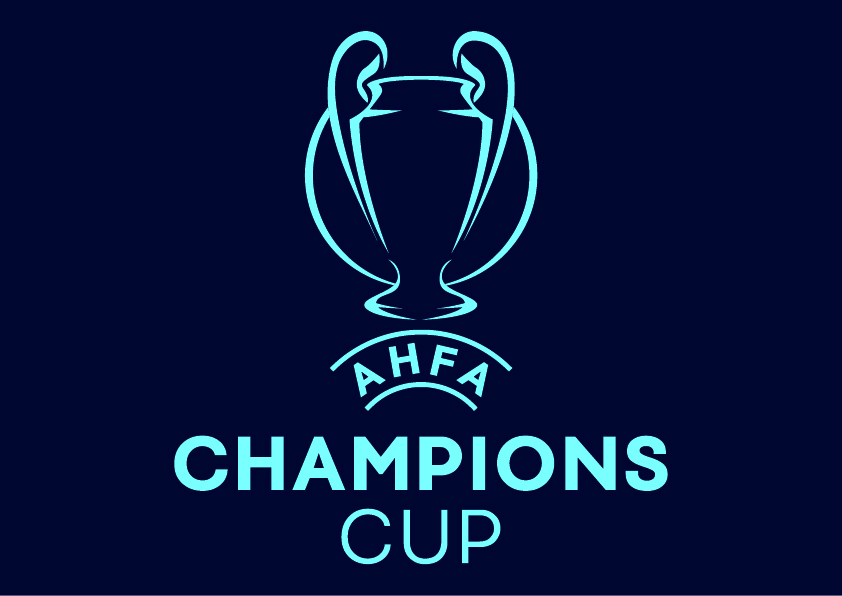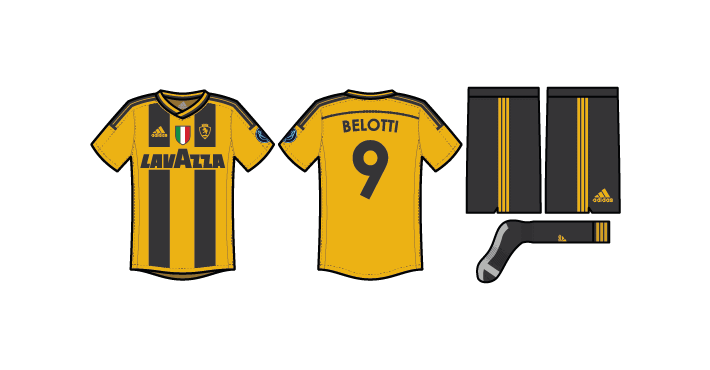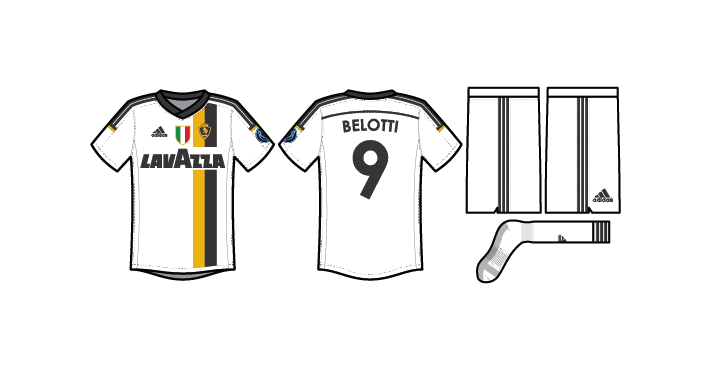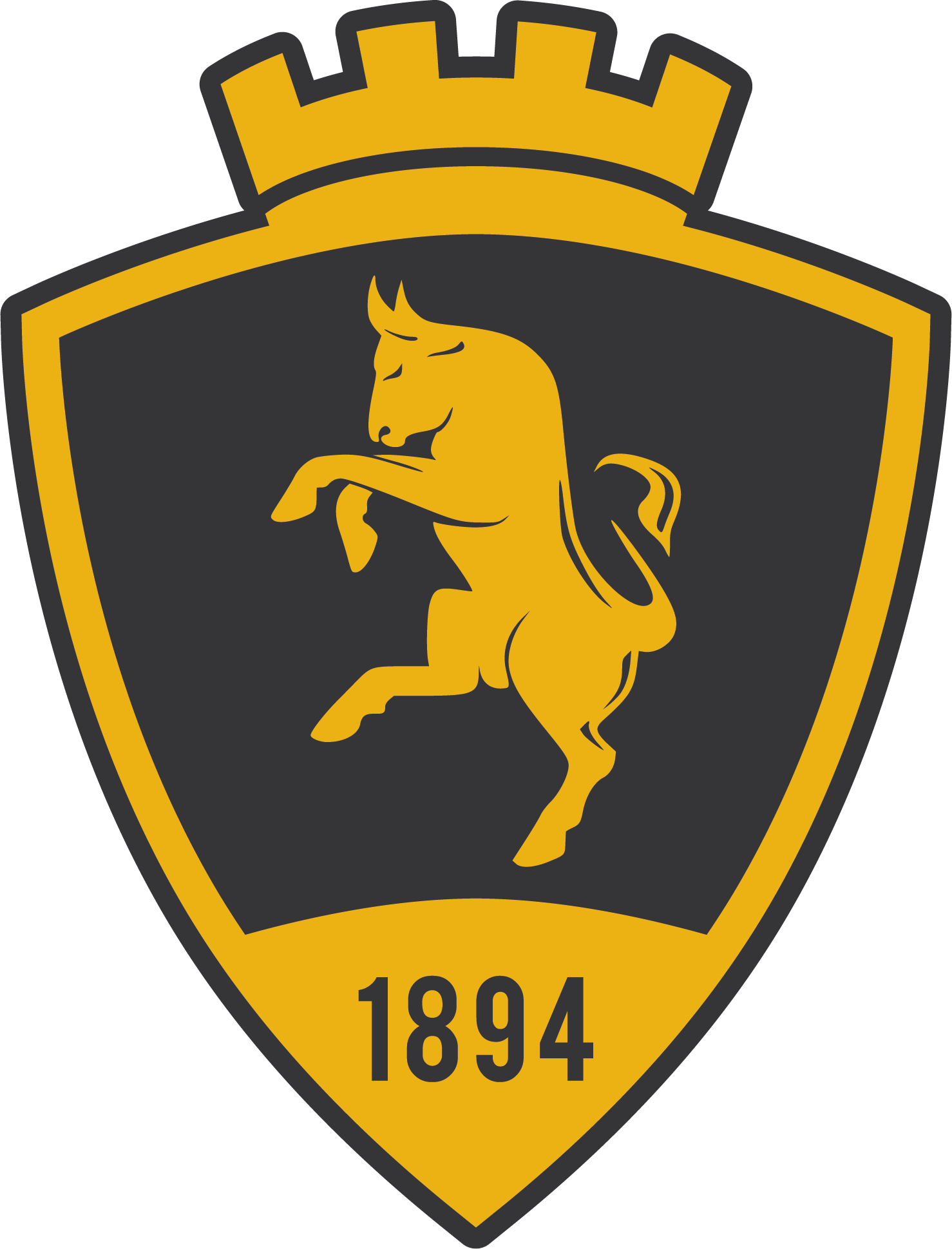Intro Post
Die Besten,
Les grandes équipes,
The champions!
Welcome to the Champions Cup!

What is the purpose of this thread?
It is mostly an attempt to combine two things i'm really fond of, that being Alternate History and football! In this thread we will (hopefully) try to create and build a timeline that will feature alternate countries and their football clubs. For this I will need your help, as you can suggest teams that will enter in this alternate Champions League.
How will it work?
First of all, we will need some alternate European countries. Then we need to figure out how many teams it could have in the CC. After that we can create the teams. To get an idea at just how many teams said alternate country would get, we will need to look at the Association ranking, and will try to use OTL countries as a guideline. Here's a small example of what I mean:
Alternate country: Republic of Catalonia
OTL equivalent: Portugal
Teams in the CC: 2
Team: Athletic Barcelona
Based on this system, Someone else can create a second team from Catalonia since they have 2 spots in the CC. When creating alternate countries I would recommend keeping it somewhat modest. I think OTL France or Germany is the maximum size. So no continent spanning empires, as it would severely limit the diversity of the teams involved. I've planned for 32 teams. If we don't get that amount after some time, I will allow second teams.
Once you've created your team, you will have to provide some basic information, something like you can find on a wikibox. This includes things like Colors, Nicknames, Foundation date, Stadium. Here's a template with the example used above.
Full Name: Athletic Club de Barcelona
League: Campionat Nacional
Nickname(s): Athleti
Colors: Red, Yellow
Founded: 1895
Ground: Nou Estadi
A small description of the team's history would also be very helpful as it fleshes out some of the backstory, besides that you can also add in a description or a sketch of the club's crest and kits. I will try to make logo's and kits based on those descriptions, but this is not mandatory.
Will this be a tournament simulation like the AHFA World Cup and AHFA Euro's?
No, not for the moment at least. I don't want this to get in the way of the excellent alt-hist football tournaments held on this site. If there is enough intrest, I'm open to the possibility.
Les grandes équipes,
The champions!
Welcome to the Champions Cup!

What is the purpose of this thread?
It is mostly an attempt to combine two things i'm really fond of, that being Alternate History and football! In this thread we will (hopefully) try to create and build a timeline that will feature alternate countries and their football clubs. For this I will need your help, as you can suggest teams that will enter in this alternate Champions League.
How will it work?
First of all, we will need some alternate European countries. Then we need to figure out how many teams it could have in the CC. After that we can create the teams. To get an idea at just how many teams said alternate country would get, we will need to look at the Association ranking, and will try to use OTL countries as a guideline. Here's a small example of what I mean:
Alternate country: Republic of Catalonia
OTL equivalent: Portugal
Teams in the CC: 2
Team: Athletic Barcelona
Based on this system, Someone else can create a second team from Catalonia since they have 2 spots in the CC. When creating alternate countries I would recommend keeping it somewhat modest. I think OTL France or Germany is the maximum size. So no continent spanning empires, as it would severely limit the diversity of the teams involved. I've planned for 32 teams. If we don't get that amount after some time, I will allow second teams.
Once you've created your team, you will have to provide some basic information, something like you can find on a wikibox. This includes things like Colors, Nicknames, Foundation date, Stadium. Here's a template with the example used above.
Full Name: Athletic Club de Barcelona
League: Campionat Nacional
Nickname(s): Athleti
Colors: Red, Yellow
Founded: 1895
Ground: Nou Estadi
A small description of the team's history would also be very helpful as it fleshes out some of the backstory, besides that you can also add in a description or a sketch of the club's crest and kits. I will try to make logo's and kits based on those descriptions, but this is not mandatory.
Will this be a tournament simulation like the AHFA World Cup and AHFA Euro's?
No, not for the moment at least. I don't want this to get in the way of the excellent alt-hist football tournaments held on this site. If there is enough intrest, I'm open to the possibility.


